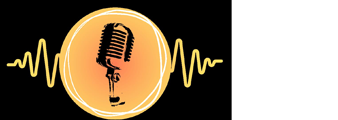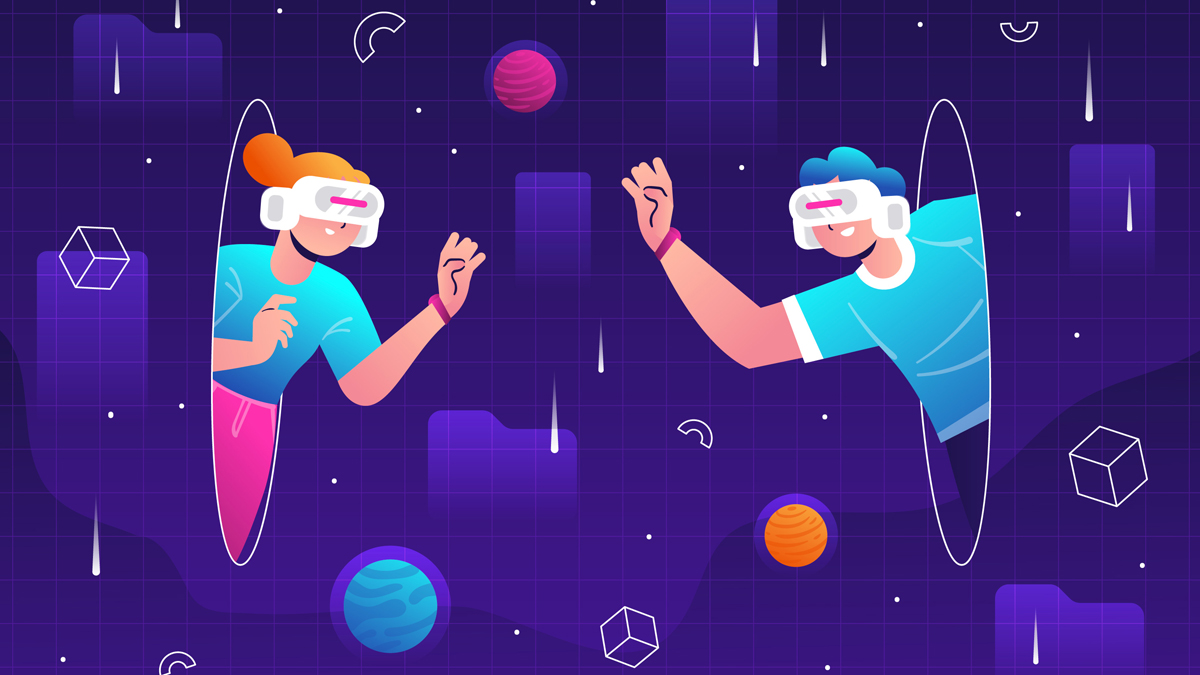What is Mixed Reality?
Mixed Reality (MR) is a technology that blends real-world and digital content into a unified experience. Unlike Virtual Reality (VR), which immerses you entirely in a computer-generated environment, or Augmented Reality (AR), which overlays simple digital elements onto your view of the real world, MR anchors interactive 3D virtual objects to the physical world. In MR, you can see and interact with holograms that behave as if they are present bouncing off your walls or sitting on your desk while still being aware of your real surroundings. This fusion creates a more dynamic, spatially aware experience that feels both natural and immersive.
| Table of Contents | |
|---|---|
| I. | What is Mixed Reality? |
| II. | How MR Works in Music? |
| III. | How MR Works Generally? |
| IV. | Applications of Mixed Reality in Music |
How MR Works in Music?
In the music industry, MR transforms how artists create, perform, and engage with audiences. Musicians can use MR headsets or compatible smartphones to visualize virtual instruments hovering in their studio. For example, a guitarist might see digital effects pedals laid out on the floor in front of them, adjusting virtual knobs with hand gestures. Producers can arrange holographic sound modules in 3D space around them, mixing tracks by physically moving sounds closer or further away. During live shows, MR enables performers to manipulate on-stage visuals like triggering a virtual drum machine mid-song with a wave of the hand adding an extra layer of interaction that goes beyond traditional equipment.
How MR Works Generally?
At its core, Mixed Reality relies on several key technologies:
Spatial Mapping: MR devices scan and map the physical environment in real time using depth sensors, cameras, and infrared. This generates a 3D model of the room or stage.
Tracking and Sensors: Advanced headsets (e.g., Microsoft HoloLens, Magic Leap) track your head position and hand movements. Some systems also integrate wearable controllers or gloves for precise gesture input.
Rendering Engine: A powerful graphics engine overlays digital objects onto the live camera feed, aligning them to appear fixed in space. The engine maintains correct perspective and lighting so that holograms cast realistic shadows and reflections.
Interaction Framework: Software libraries interpret gestures, voice commands, and controller inputs, allowing users to grasp, move, resize, or activate virtual elements.
Display Technology: MR headsets use transparent or semi-transparent lenses that project images directly onto your field of vision. Some mobile MR solutions utilize on-screen AR with depth information to simulate MR effects.
Together, these components ensure that digital content not only looks like it belongs in your physical space but also responds fluidly to your actions.
Applications of Mixed Reality in Music
Immersive Live Performances: Artists can perform in venues where holographic visuals react to their playstyle bass notes might produce a virtual ripple across the stage, or vocal riffs could summon floating lyric captions that dance above the crowd. Fans with MR-enabled devices at home can experience these effects as if they were physically present, enhancing virtual concert streams.
Virtual Collaboration Studios: Songwriters and producers scattered across the globe can meet in a shared virtual studio. They see and manipulate the same set of virtual instruments and mixing boards, communicating as if in the same room. This reduces travel costs and speeds up collaboration cycles.
Interactive Music Education: MR apps enable students to learn music theory by placing 3D musical notes on a virtual staff in their real environment. They can grab and move notes to understand chord structures, or practice scales on a holographic piano hovering over a real table. Real-time feedback on hand positioning and timing makes practice more engaging.
Innovative Music Videos: Directors and artists can create MR music videos that fans can explore using their phones walking around virtual scenes that blend seamlessly with their living room, uncovering hidden visual easter eggs tied to the song’s narrative.
Therapeutic and Accessibility Tools: MR experiences assist music therapists by creating calm, interactive soundscapes for patients. Individuals with mobility challenges can compose and perform music through simple gestures detected by MR sensors, making music creation more inclusive.
Sound Design and Spatial Audio: Composers can craft 3D audio environments by placing sound sources in a mixed-reality space. During playback, listeners feel enveloped by sounds coming from different directions, heightening emotional impact ideal for film scores or game soundtracks.

